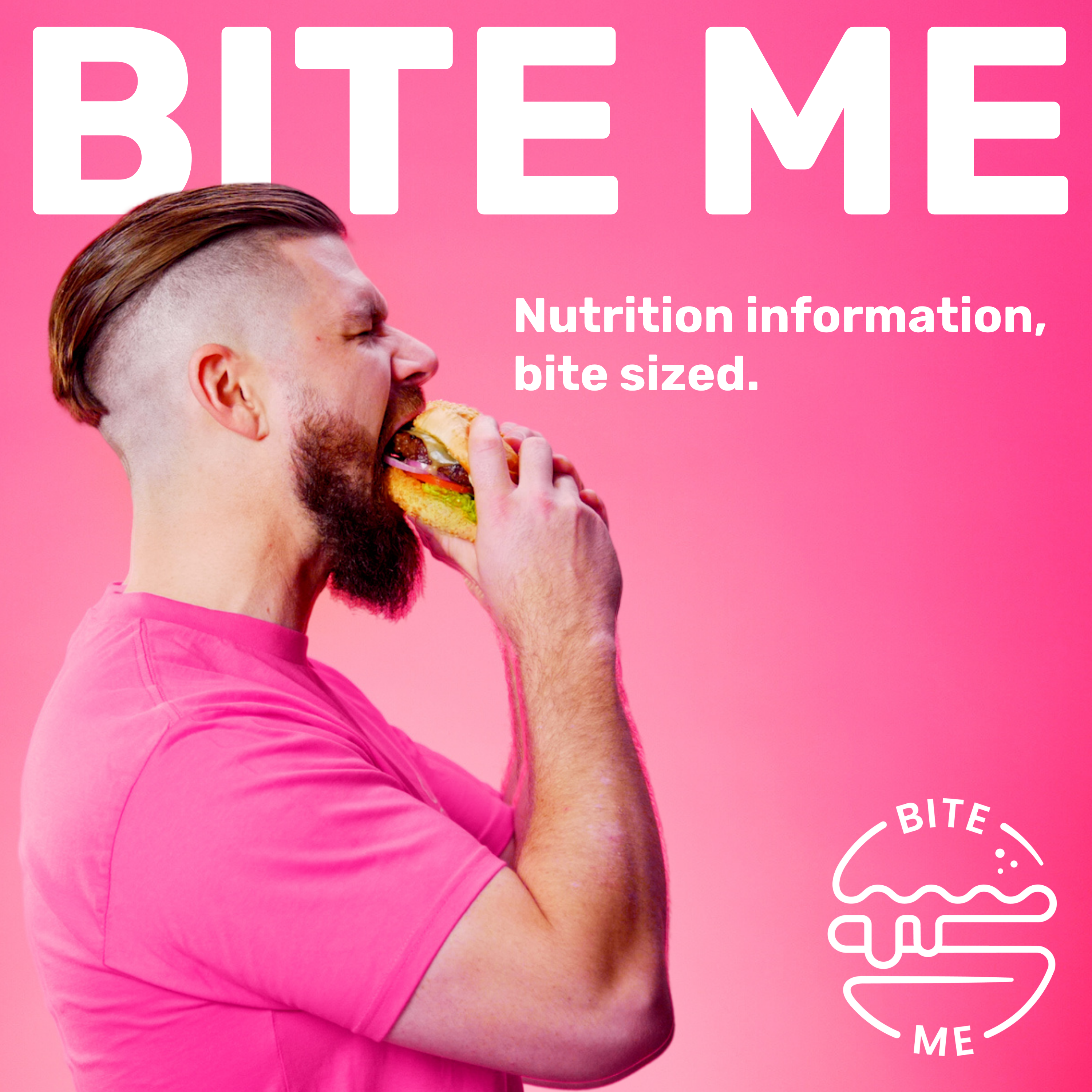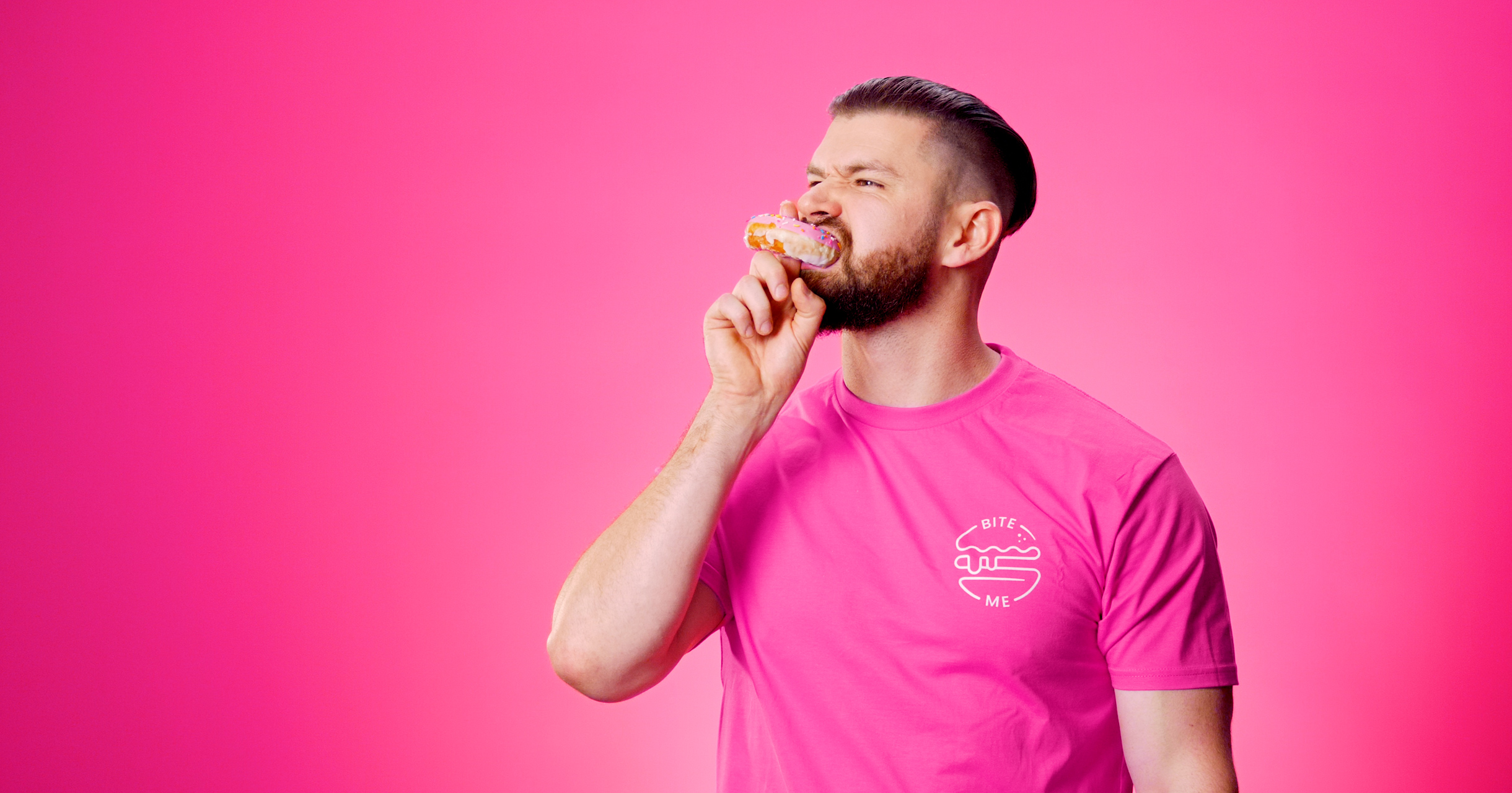Wait isn’t that that old WW2 movie?
The Dirty Dozen is a list of the most “heavily pesticided produce” developed by the Environmental Working Group.
Sounds pretty legit right?
Wrong. Listen in, and find out why this list is best avoided (but you can totally watch the WW2 movie of the same name)
Time Stamps
00:00 Introduction to the 'Dirty Dozen' List
01:29 The Issue with the 'Dirty Dozen' List
06:17 Understanding Acceptable Daily Intake Levels
07:46 Don't Rely on the 'Dirty Dozen' List for Purchasing Decisions
Transcript
Welcome back to the Bite Me Nutrition podcast. Firstly, I just want to apologize in advance. Hopefully it's going to be okay, but I'm in a shed. It's been raining on an awful day. I thought I'd caught a good window, but of course, like the second I hit record, it starts to pitter patter. So hopefully the audio quality doesn't suffer too much. But I just really wanted to talk to you guys about the dirty dozen list. That's probably something you've come across before. If it's not, it's a list of fruits and vegetables put together by a group called the Environmental Working Group or the EWG. And it's a, they've collected data that has identified the most heavily pesticide and herbicide crops and looked at the residues remaining on those crops after they've been harvested and farmed and sent to the shop. And they've identified the 12 fruits and vegetables that have the highest amount of residues. But there's a bit of a... Important distinction that we'll make there as we move forwards. But that's why it's a list that they are claiming is dirty. I presume they mean dirty in a negative way, not the sometimes fun way. And so they strongly recommend, I mean, they're pro all organic produce. They recommend all of your food should be organic. But specifically with this list, they strongly recommend that these fruits and vegetables, at least, you know, if you only buy some fruits and vegetables organic, make it this list because this is the dirty list. So the main reason I wanted to talk about this is because one, like it's not a legitimate list. So there you go, bandaid off. I'll tell you why. I'll explain how they have developed this list and why it's not a very helpful, you know, rubric. But also just because this list has been referred to and used so many times just in social media world, of course, just by people to support the claims that they have made that I, I worry that it's been repeated in referenced so many times, it's just become quote unquote common knowledge. And just has been accepted as fact, instead of being fact checked. Like, I'm not the first person to fact check it, don't get me wrong, but I'm just in the in the broader social media. People use this list all the time. And sometimes they don't even reference the fact that they've drawn from the the dirty dozen lists, they'll just say something like strawberries are very heavily pesticided, you shouldn't eat them or you should get organic strawberries. I'm that's 100 % off the Dirty Dozen list, but again, if we know that that's what they're referencing and after you've listened to this podcast, you'll also know that that's probably not a recommendation you need to be listening to. Okay? So first and foremost, the biggest issue with the list, really the only issue, but the way that it was developed is they went through the database of herbicide and pesticide residues that get tested very regularly, because it's an important thing for us to be aware of. And what they have done is they have counted how many different herbicides and pesticide residues remained on these crops. And they have ranked the fruits and vegetables in order of how many of these pesticides and herbicides were found on the fruits and vegetables. Now the issue with this is there's absolutely no discussion whatsoever of dose. And hopefully, if you've listened to me for more than 30 seconds, you'll remember and you'll know that It's not the presence of something that says whether it's good or bad or dangerous or healthy. It's the amount and the frequency and all of those things. Or the very common phrase, the dose makes the poison. And when it comes to these products and in this scenario, that is very true. So just counting, hey, this strawberry had, or strawberries have eight different herbicides and pesticides remaining. Potatoes have four herbicides, like, that's not helpful because we don't know what those eight are. I mean, obviously we can check the database, but there's no mention of how much of each of those eight are there. Is it in a dangerous amount? Is it in a low, very safe amount? So ranking a list based on the number of these things rather than the amount remaining of these things is not helpful. And that's why using this list, to influence your eating behaviors or your purchasing behaviors is not a very good idea. And also the reason why dose is important as well is because I wanted to go through very quickly the way that I guess these targets are set, the way that we safely assess herbicide and pesticide exposure and then the way these numbers are developed. So basically, first and foremost, we set something, I say we, much... much smarter people than I, set something called the no observable adverse effect level, or the NOEL. That's how I'm gonna say it. Sorry if you now have the Christmas carol in your head. This is the level at which, using rat studies, because obviously that's a little bit more ethical than using humans, that's the level at which we basically have seen adverse effects, and then right underneath that is the no observable adverse effect level. And I know what you're thinking, you're like, cool, that's still not, a great margin of error for me. Like, hey, we're very close to there being an issue, but we've just pulled back a little bit. So we're all sweet, but we don't do that. What we do is we set the Noel, Noel, the first Noel. I think it's the only Noel. And then we just to be sure to be conservative, because obviously we've pulled this data from rats, just in case humans are 10 times more sensitive to this pesticide or herbicide or any kind of residue, we divide the Noel by 10. Okay, so it gives us kind of this buffer of we've reduced it by 10. But then to be even more conservative in case one human being is 10 times more sensitive than another human being, we divide that by 10 again. And that gives us something called the acceptable daily intake or the ADI. And what that is essentially is the Noel. So a level that we have observed as having no adverse effect, we have then divided that by 100 to reduce it even further to give us this really, really big buffer around, you know, margins of error, differences in genetics, differences in species, all of these things. And that has given us the acceptable daily intake. Now, virtually, in all of the herbicide and pesticide residues that have been tested, the amount of that fruit and vegetable that you would need to consume to even hit the ADI, which, remember, is 100 times lower than the no -observable adverse effect level, is like insane. You need to eat massive amounts of strawberries, massive amounts of carrots, just more than any normal human being would regularly eat ever. All right. So we're so far below our regular intake or below the potentially even slightly dangerous intake of these foods. But if I pull this back around to the dirty dozen list, none of that matters because they don't reference they don't take into account once how much of that residue is remaining and how that relates to like what percentage of the acceptable daily intake is that residue and how much of these strawberries, for example, would you have to consume to get even close to the acceptable daily intake? They instead just go, wow, there's lots of different herbicides and pesticides on there. It doesn't matter how much, there's just lots of different ones. That's dirty. You should avoid it, okay? So please do not take this list into account when you're making any of your purchasing or eating decisions. The last little point, which I only recently found out about Mark Hyman is on the board of the EWG. So if you needed any other reason to question their legitimacy, that's got to be it. I don't love calling people out by name. I try not to unless they're really big and really problematic. And Mark Hyman is one of the worst voices for nutritional misinformation and medical misinformation, and they have put him on their board. So if that to me, that speaks to the legitimacy and the views and the morals and the goals of that group. And therefore that list. Anyway, that ended negatively. Sorry. Go eat some strawberries. And they don't have to be organic. Follow your heart. You don't have to worry about them being dirty, unless they've got dirt on them, in which case you should probably rinse them. And to be honest, it's probably not a bad idea to rinse your fruit and veggies anyway, but that's also mostly just because they sit in the shop and... Lots of people touch them, including my three -year -old, and his hand hygiene is atrocious. So wash your fruits and vegetables. Don't feel you have to buy the Dirty Dozen as organic produce, and you'll be OK. Hope that's helped. Chat to you next time. Bye.


